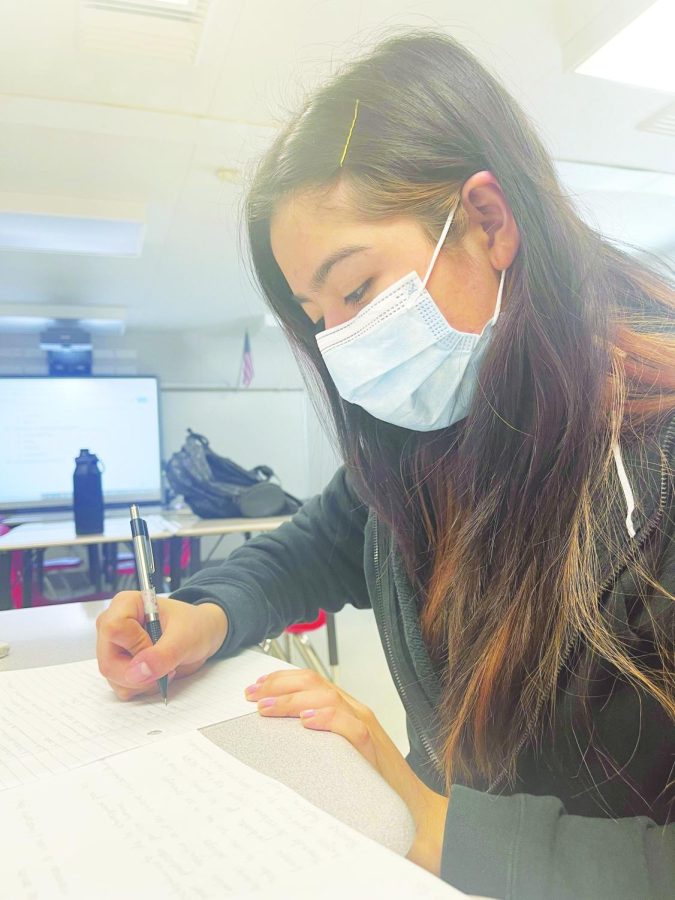The teacher’s lecture seems never ending, and you feel as though you are slowly falling asleep. But suddenly, a screeching noise causes you to leap out of the plastic seat beneath you, while various other students in the classroom let out a diminutive shriek. The lethargy quickly drains out of your body, as you realize it’s another fire drill.
On Thursday, AHS experienced its monthly fire drill. Students crowded the hallways in an effort to exit the building. “Our school [the amount of students] is too big for a fire drill, it takes too long for everyone to get in and out,” said sophomore Sergio Moya. With more than 2,500 students attending AHS it can appear almost overwhelming to attempt to walk through the massive hordes of students to an area that would usually seem quite close.
Teachers wear boldly noticeable bright orange vests and hold up signs to allow students to indicate where their class is, or in case of an emergency. However, some students travel towards their friends rather than their teachers. “I think fire drills would be more useful if there was a method to count unaccounted students,” said math teacher Jim Evans. “What do you do if you have a missing student?”
The fire drills at AHS are state regulated, as a precautionary for a real emergency. “I think the safety of our kids and the safety of our faculty comes first. I don’t think we can be prepared enough,” said assistant principal Jamie Carayiannis. Along with fire drills, AHS conducts tornado drills and lockdowns. AHS has received high rankings for our lockdowns, and has been shown as a model to other schools.
Despite the high achievements, fire drills are taken seriously at AHS. Band instructor Mark Carter said, “I just kinda look at them as a necessity because at my old school there was a real one.” Unlike fire drills, real fires and disasters are not scheduled. Accidents happen all of the time, and one can never be sure when trying to tell the difference between what is real and what is just a drill.









